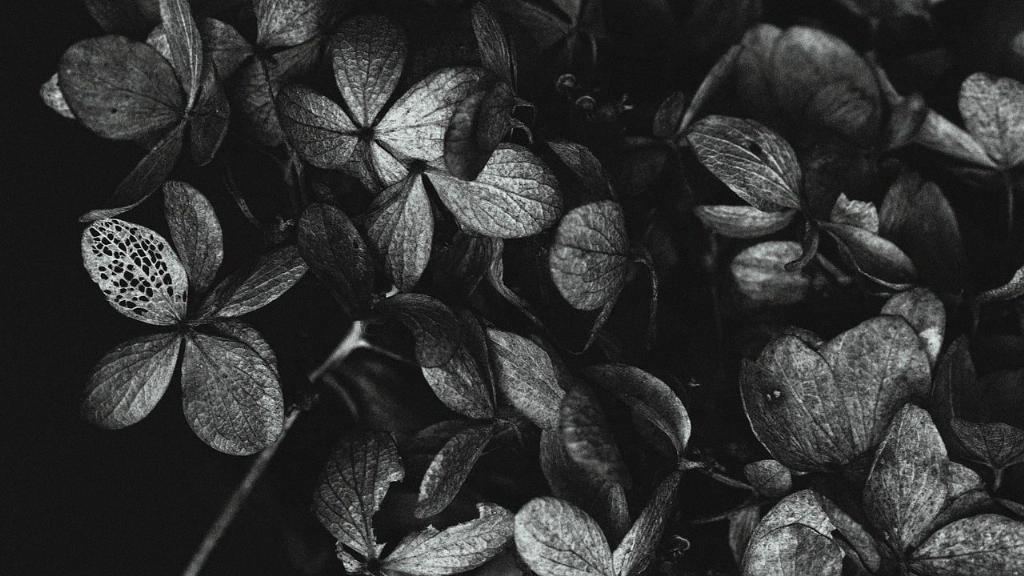When it comes to maintaining the vibrant blue color of your hydrangeas, understanding the role of soil pH is crucial. Soil with a lower pH and higher acid content is essential for producing those stunning blue blooms that are so coveted by gardeners. If you notice that your soil test reveals a pH level above five, it may be time to take action to boost the blue hues of your hydrangeas.
One effective way to enhance the blue color of your hydrangeas is by adding aluminum sulfate or another acid-based fertilizer to your soil. These amendments can help lower the pH of the soil, creating a more acidic environment that encourages the development of brighter, bolder blue flowers. It’s important to note that the acidity of aluminum is a key factor in influencing the blue color of hydrangea blooms, so choosing the right soil amendments is crucial for achieving the desired results.
Aside from adjusting the pH of your soil, proper hydration is also essential for keeping your hydrangeas looking their best. Adequate watering is crucial to ensure that your plants are getting the moisture they need to thrive and produce vibrant blooms. However, it’s essential to strike a balance, as overwatering can lead to root rot and other issues that may negatively impact the health of your hydrangeas.
Furthermore, proper sunlight exposure plays a significant role in maintaining the blue color of your hydrangeas. While these plants thrive in partial shade, they still require some sunlight to fuel the photosynthesis process that is essential for healthy growth and bloom development. Be sure to place your hydrangeas in an area where they receive adequate light without being exposed to harsh, direct sunlight for extended periods, as this can lead to wilting and reduced flower quality.
Another factor to consider when aiming to keep your hydrangeas blue is the quality of the soil. Ensuring that your soil is well-draining and rich in organic matter can provide the ideal growing conditions for your plants. By amending your soil with compost or other organic materials, you can improve its texture and fertility, promoting optimal root development and overall plant health.
Additionally, regular pruning can help maintain the shape and vigor of your hydrangea bushes, leading to better flower production and overall plant resilience. When pruning your hydrangeas, be sure to remove any dead or damaged branches, as well as any spent blooms, to encourage new growth and prevent disease. Proper pruning techniques can help promote air circulation within the plant, reducing the risk of fungal infections and other common issues.
Supplementing your hydrangeas with the right nutrients can also contribute to the longevity and vibrancy of their blue blooms. Applying a balanced fertilizer formulated specifically for acid-loving plants can help provide the essential nutrients your hydrangeas need to thrive. Look for fertilizers that are high in phosphorus, as this nutrient is crucial for promoting healthy root development and flower production in hydrangeas.
Furthermore, mulching around your hydrangeas can help retain moisture in the soil, regulate soil temperature, and suppress weed growth, all of which can contribute to the overall health and vibrancy of your plants. Organic mulches such as bark chips, straw, or compost can provide a protective layer around the roots of your hydrangeas, helping them withstand environmental stressors and maintain their blue color.
Monitoring for pests and diseases is another important aspect of keeping your hydrangeas blue. Common pests that can affect hydrangeas include aphids, spider mites, and powdery mildew, which can all impact the health and appearance of your plants. Regularly inspecting your hydrangeas for signs of pest infestation or disease can help you address issues early and prevent them from spreading to other plants in your garden.
Ensuring proper air circulation around your hydrangeas can also help prevent disease and promote healthy growth. Pruning your plants to open up the canopy and remove any dense or overcrowded growth can improve air circulation, reducing the risk of mold and mildew that can affect the color and overall health of your hydrangeas. Proper spacing between plants can also contribute to better airflow and minimize the risk of disease spread.
Regularly deadheading your hydrangeas can help promote continuous blooming and maintain the blue color of your flowers throughout the growing season. Removing spent blooms not only improves the appearance of your plants but also encourages the development of new flowers, ensuring a constant supply of vibrant blue blooms in your garden. Deadheading is a simple yet effective way to prolong the flowering period of your hydrangeas and enhance their visual appeal.
In conclusion, achieving and maintaining the blue color of your hydrangeas involves a combination of factors, including soil pH management, proper hydration, sunlight exposure, soil quality, pruning, fertilization, mulching, pest and disease control, air circulation, and deadheading. By paying attention to these key aspects of hydrangea care and taking proactive steps to address any issues that may arise, you can enjoy a beautiful display of blue blooms in your garden season after season.

